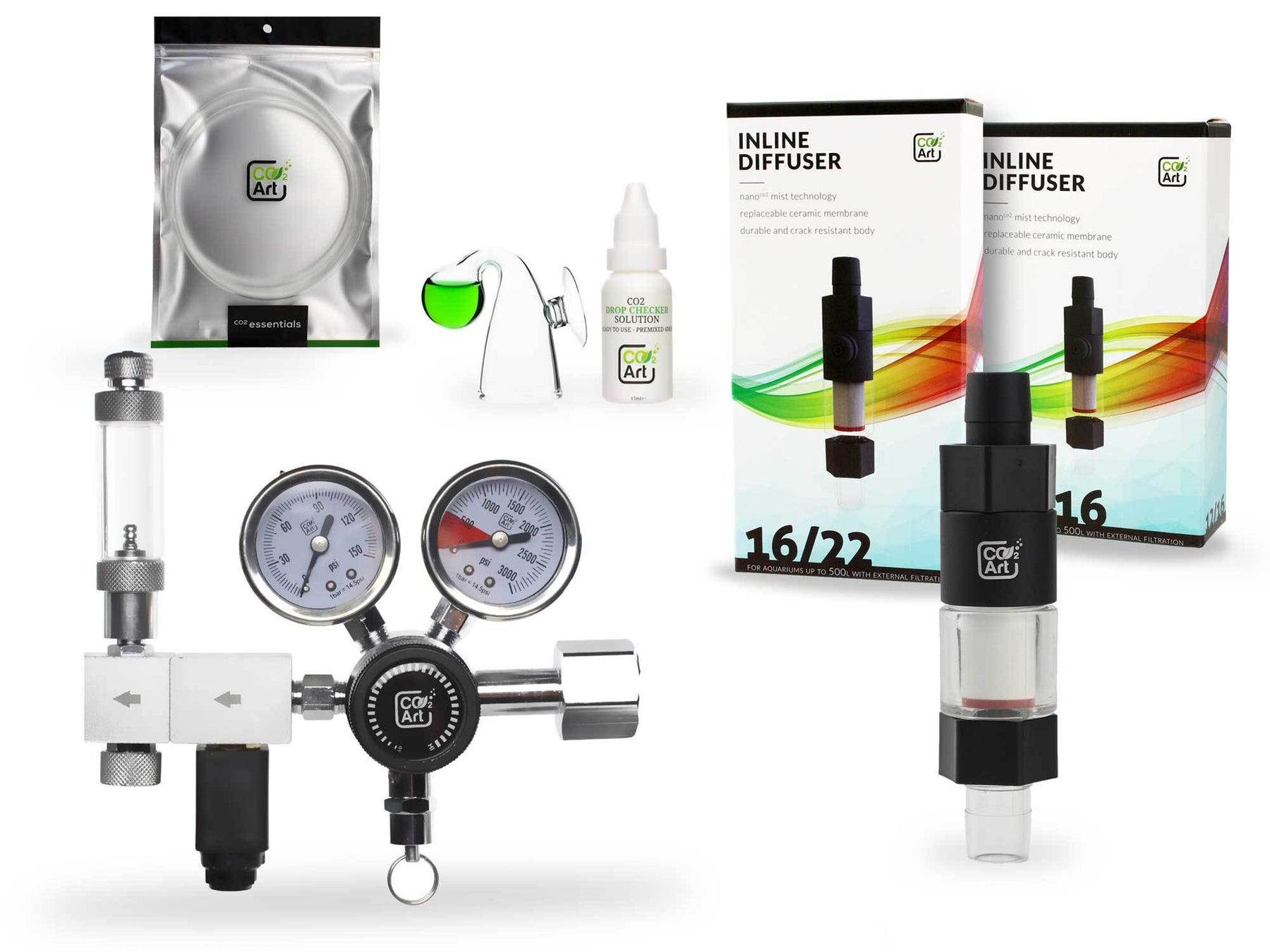Substrate for a planted tank
The aquascape substrate plays a pivotal role in the success of any planted aquarium, acting as the foundation upon which vibrant underwater landscapes are built. Selecting the appropriate substrate for planted tank setups is crucial for both aesthetic appeal and the health of the aquatic ecosystem. The right substrate supports plant growth, influences water chemistry, and adds to the overall beauty of the aquascape, making it an essential consideration for any aquarist.
Choosing the perfect substrate involves understanding the unique needs of your aquatic plants and the specific conditions of your aquarium. Whether it's aquascaping substrate that focuses on nutrient content for plant growth or aquarium substrate layers designed for aesthetic depth, the options are vast. This guide aims to navigate the complexities of choosing the best aquascape soil and substrate, ensuring your aquarium substrate for planted tank contributes to a thriving, healthy aquatic environment.
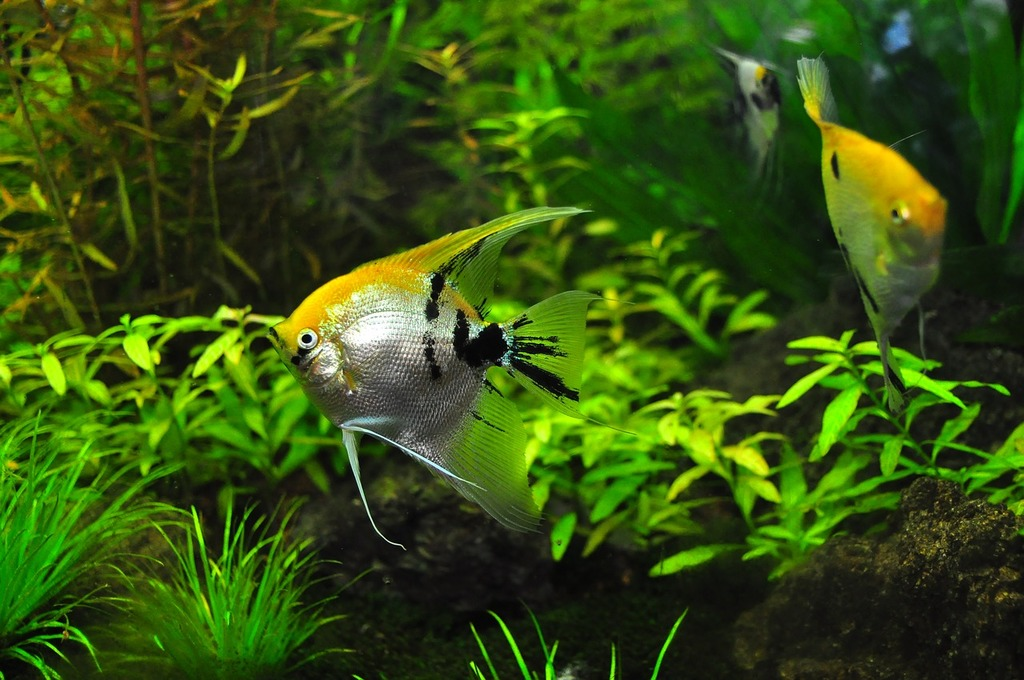
Understanding Substrate: Basics for Beginners
Substrate forms the bedrock of your aquarium's ecosystem, offering much more than just a base for your plants to root in. The choice between an inert aquascaping substrate and a nutrient-rich option can have significant implications for plant health and water quality. For beginners, understanding these differences is the first step toward creating a flourishing planted aquarium. Each type of substrate, from gravels to aquascape soils, has its specific role in supporting plant life and contributing to the tank's ecological balance.
Moreover, substrate selection can dramatically influence the look and feel of your aquascape. Aquarium substrate layers not only support plant growth but also add visual interest and complexity to your aquascape design. Whether aiming for a lush, forested look or a minimalist scape, the choice of substrate is key. From the aesthetic appeal of decorative sands to the functional benefits of aquarium substrate for planted tank, the substrate you choose sets the tone for your entire aquascape.
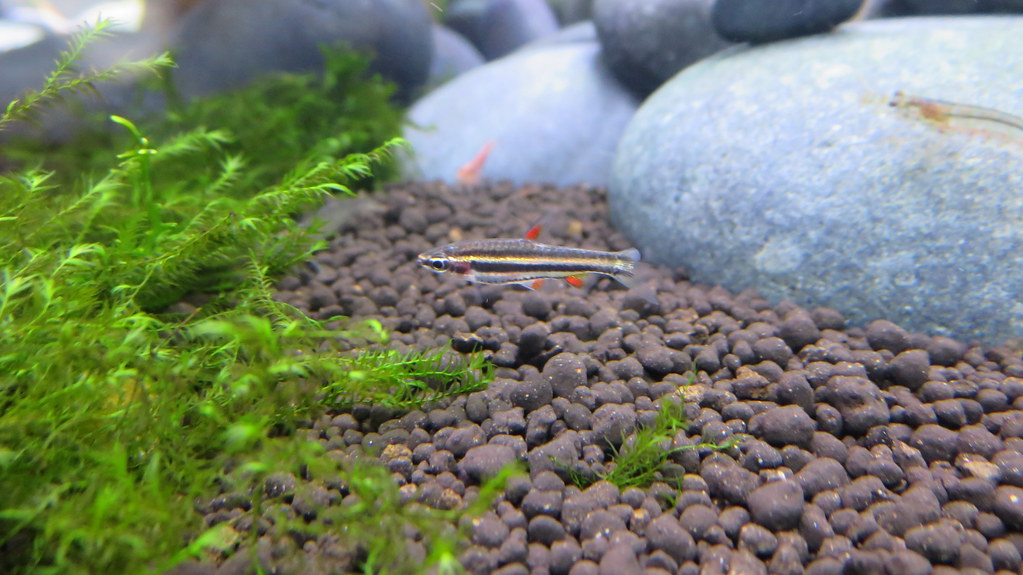
Benefits of a Proper Substrate System
A carefully chosen substrate system enhances both the visual appeal and biological functionality of a planted tank. Nutrient-rich substrates, for example, provide essential minerals and compounds that support vigorous plant growth, creating a lush, healthy aquascape. In contrast, inert substrates might be preferred for their aesthetic qualities, requiring the addition of external nutrients to support plant life. Regardless of type, the right substrate can significantly impact the overall health and stability of your aquarium ecosystem.
The strategic layering of different substrates can further optimise plant growth and tank health. Aquarium substrate layers can offer a gradient of nutrients and textures, mimicking natural soil conditions and promoting robust root systems. This method not only aids in the aesthetic arrangement of your planted tank but also ensures that plants receive a balanced supply of essential nutrients. Whether through aquascape soil or a combination of substrates, establishing a proper substrate system is fundamental to achieving a thriving aquascape.
Types of Substrate for Planted Tanks
The diversity in types of substrate for planted tanks offers aquarists the flexibility to tailor their aquarium substrate layers to meet the specific needs of their aquatic plants and aquascape designs. From the inert simplicity of gravel and sand to the nutrient-rich complexity of commercial aquascape soils, each substrate type brings its own set of benefits and considerations. Understanding these distinctions is crucial for creating an environment where plants can thrive and the isual appeal of the aquascape is maximized.
Gravel and sand substrates, while often considered inert, can be an excellent choice for aquarists seeking minimalistic aquascape substrate aesthetics or those using root tabs and liquid fertilisers to supply plants with necessary nutrients. On the other hand, aquascape soil and specialized aquarium substrates for planted tanks are engineered to provide a rich nutrient base for plant growth, often eliminating the need for additional fertilization. These substrates can significantly enhance the health and development of root-feeding plants, making them a popular choice for densely planted setups.
Soil-Based Substrates: Natural and Nutrient-Rich
Soil-based substrates, like ADA Aqua Soil and Seachem Flourite, offer a nutrient-rich substrate option for planted tank substrates, providing an ideal environment for aquarium plants to flourish. These clay-based substrates are specially designed to maintain favorable water chemistry, promoting lush plant growth and vibrant colors in aquarium plants. The active substrates release nutrients slowly, supporting root development and health, particularly beneficial for stem plants that thrive on a rich base layer of nutrients.
However, while offering numerous benefits for a planted aquarium, soil-based substrates can initially impact water parameters by lowering water hardness and altering pH levels. Aquarists need to consider these changes and may need to adjust their water chemistry accordingly, using water column dosing or crushed coral to stabilize conditions. These aquarium substrates are best suited for tanks where plant growth is the priority and can be complemented with inert substrates like aquarium gravel or white sand to achieve the desired aesthetic and functional balance.
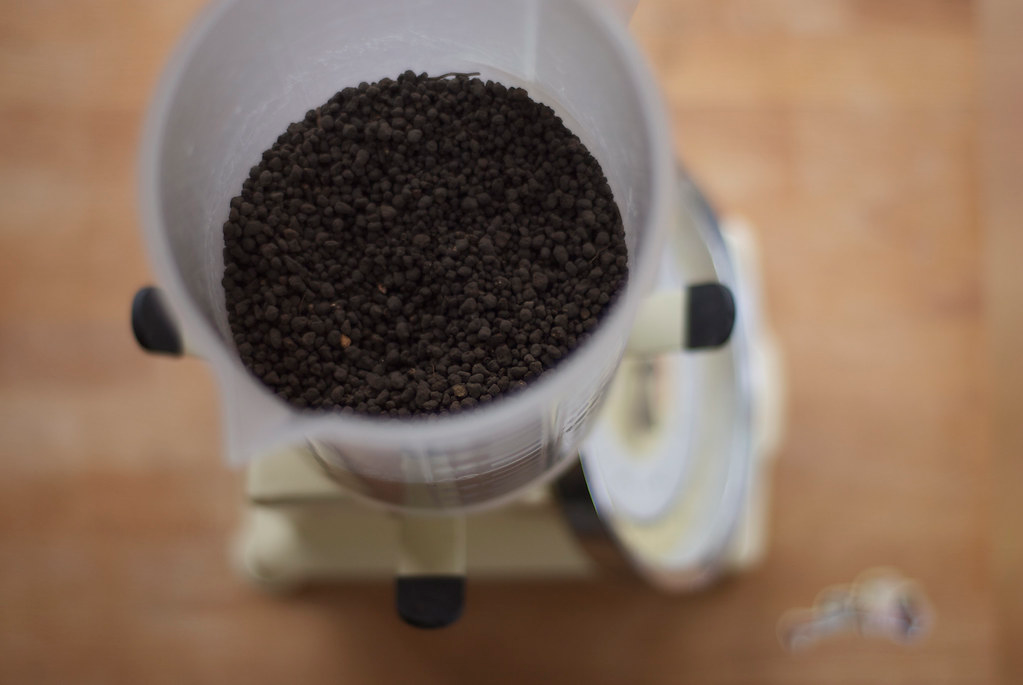
Commercial Aquatic Plant Substrates
Commercial planted tank substrates such as ADA Aqua Soil and Seachem Flourite provide a ready-to-use solution for aquarists seeking a nutrient-rich foundation for their planted aquarium. These products are engineered to support plant growth by offering an optimal balance of nutrients and promoting healthy water chemistry. Aqua soil, a popular choice among enthusiasts, is known for its ability to lower water hardness and maintain stable water parameters, creating an ideal environment for both plants and fish.
Unlike inert substrates such as aquarium gravel or white sand, these active substrates contain essential minerals and a high cation exchange capacity, facilitating nutrient uptake through plant roots and reducing the need for frequent water column dosing. The choice of the best substrate depends on the specific requirements of your planted tank and aquarium plants, including stem plants that benefit significantly from a nutrient-rich base. Combining these substrates with root tabs can further enhance nutrient availability, supporting lush, dense plant growth in the planted aquarium.
Gravel and Sand Substrates: Versatile and Aesthetic
Gravel and sand substrates offer a versatile and aesthetically pleasing option for planted tank setups, favoured for their natural appearance and ease of maintenance. While considered inert substrates, they can still support healthy aquarium plant growth when used in conjunction with root tabs and water column dosing. Aquarium gravelprovides a stable foundation for plant roots and facilitates beneficial bacterial colonization, which helps break down fish waste and maintain water chemistry. White sand, on the other hand, creates a striking backdrop for aquarium plants, highlighting their colors and textures.
Although gravel and sand are inert substrates, they can be part of a successful planted aquarium setup by carefully managing nutrient levels through additional supplementation. Root tabs placed beneath the substrate can supply nutrient-rich zones for root feeders, while water column dosing ensures floating and stem plants receive their required nutrients. This approach allows aquarists to enjoy the beauty of sand and gravel substrates while meeting the nutritional needs of their aquarium plants, maintaining balanced water parameters and supporting a thriving planted tank.
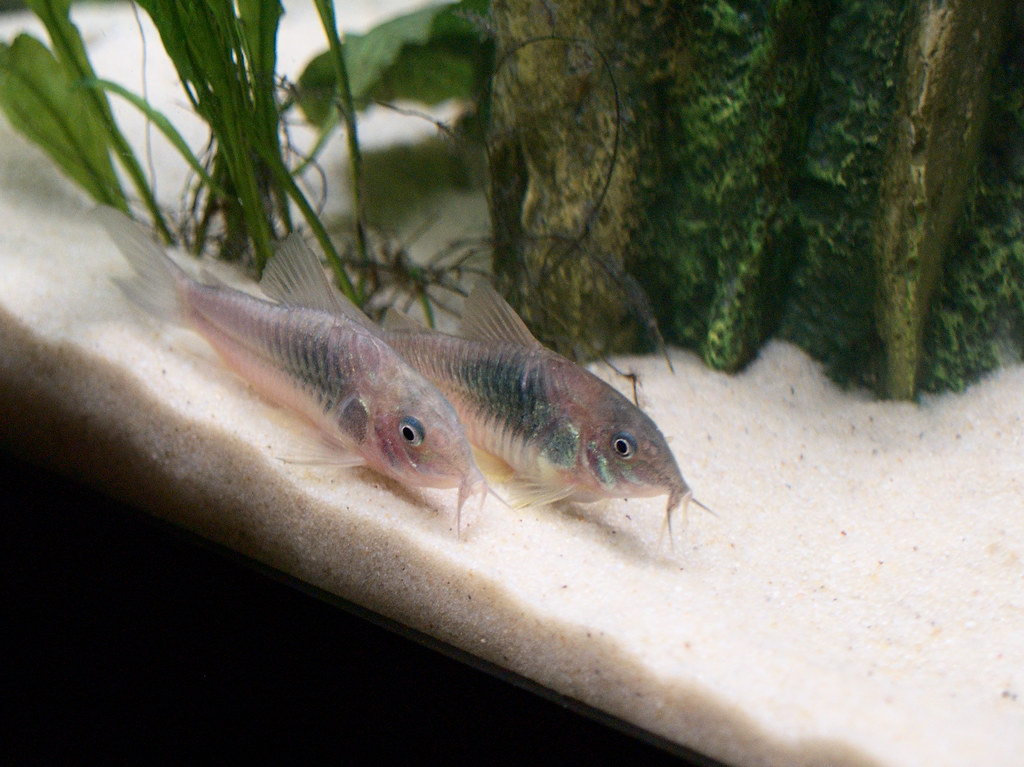
Layering Substrates: Combining the Best of Both Worlds
Layering substrates in a planted tank can optimise plant growth and water chemistry by combining the benefits of active and inert substrates. A base layer of nutrient-rich aqua soil topped with aquarium gravel or sand not only secures plants in place but also creates an aesthetically pleasing look. This method ensures rooted plants have access to essential nutrients in the base layer while maintaining the visual appeal of white sand or gravel on the surface. Clay-based active substrates like ADA Aqua Soil or Seachem Flourite provide a solid foundation of minerals and nutrients, crucial for stem plants and root feeders.
Moreover, layering substrates allows for targeted nutrient management, with root tabs enhancing the nutrient-richzones and crushed coral in the top layer adjusting water hardness as needed. This strategy enables aquarists to tailor their substrate system to the specific needs of their planted aquarium, ensuring plants receive the right balance of nutrients and support for optimal growth. By effectively managing water parameters and providing a diverse habitat for plants and fish, a layered substrate approach can lead to a lush, dynamic aquascape.
CO2 and Substrate Interaction
The interaction between CO2 supplementation and aquarium substrate plays a pivotal role in the growth and health of aquarium plants in a planted tank. CO2 enrichment in planted aquariums can enhance plant growth rates and improve overall health, making nutrient uptake from the substrate more efficient. Active substrates, such as ADA Aqua Soil or Seachem Flourite, often contain nutrient-rich components that are more readily available to plants in the presence of adequate CO2 levels. This synergy between CO2 and substrate encourages robust root systems and vibrant foliage in aquatic plants.
Moreover, CO2 supplementation can influence water chemistry, including water hardness and pH levels, which in turn affects the substrate’s efficacy. Aquarists utilizing CO2 in their planted tanks must consider these interactions to maintain balanced water parameters conducive to both fish and plant health. Root tabs and aqua soil can further enhance the nutrient-rich environment necessary for thriving planted aquariums, ensuring that plants have access to essential nutrients regardless of water column dosing practices.
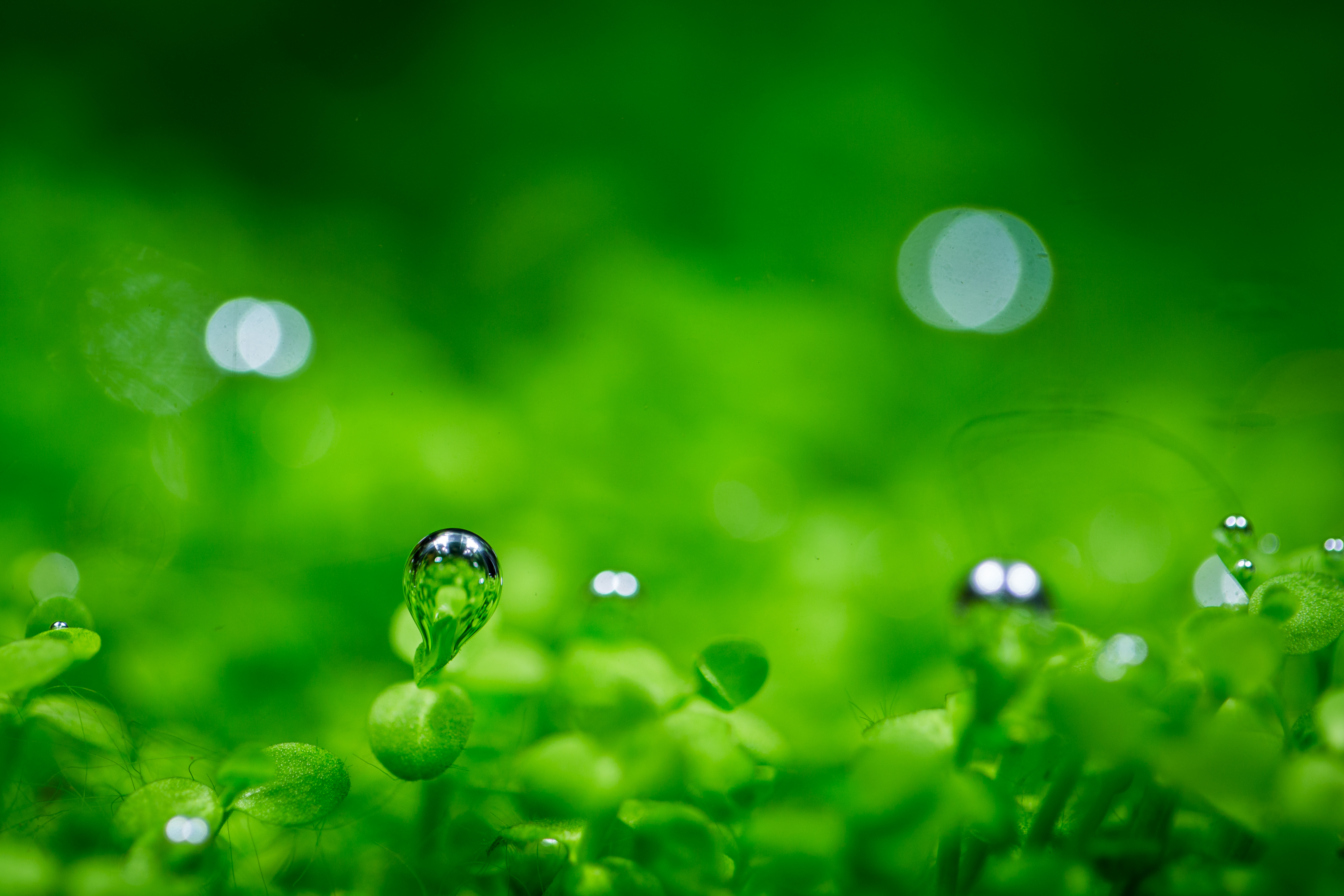
Choosing Substrate for Specific Plant Types
Selecting the right aquarium substrate for specific plant types is crucial for the success of a planted aquarium. Rooted plants, such as sword plants and stem plants, thrive in nutrient-rich substrates like aqua soil that provide a solid foundation and ample nutrition through their root systems. These plants benefit greatly from active substratesthat can support their growth demands, making ADA Aqua Soil or Seachem Flourite ideal choices. For planted tank substrates, considering the plants' growth habits and nutritional requirements ensures the selection of a substrate that will promote lush, healthy development.
Conversely, aquarium plants that primarily feed from the water column, such as floating plants and some stem plants, may not require a nutrient-rich substrate but still benefit from a well-chosen substrate that supports overall tank health and water chemistry. In such cases, inert substrates like aquarium gravel or white sand can be suitable, especially when supplemented with water column dosing of nutrients. Regardless of the type, the best substrate for a planted tank balances aesthetic preferences with functional needs, creating an environment where both plants and fishcan flourish.
Substrate Depth and Plant Root Systems
The depth of the substrate in a planted tank significantly impacts the health and development of plant root systems. A sufficient depth of aquarium substrate allows rooted plants to anchor securely and spread their roots, accessing the nutrients they need to grow strong and healthy. For most aquarium plants, a substrate depth of 2 to 3 inches is ideal, providing ample space for roots while preventing anaerobic zones that could harm plant health. Aquascaping substrates like aqua soil are particularly beneficial for deep substrate layers, as their nutrient-rich composition supports extensive root growth.
Conversely, too shallow a substrate can limit root development and nutrient uptake, affecting the overall health and growth of aquarium plants. Planted tank substrates designed for rooted plants, such as sword plants and stem plants, may require a deeper layer to accommodate their growth habits. Incorporating root tabs into deeper substrate layers can help ensure that plants receive a consistent supply of nutrients, especially in tanks with inert substrateslike aquarium gravel or sand, where natural nutrient content may be lacking.
Maintaining Substrate Health in a Planted Tank
Maintaining the health of the substrate in a planted aquarium is crucial for sustaining vibrant plant life and ensuring optimal water chemistry. Over time, substrates can become compacted or depleted of nutrients, necessitating regular maintenance to preserve their efficacy. Techniques such as gently stirring the substrate during water changes can prevent compaction and promote healthy gas exchange, which is beneficial for plant roots and beneficial bacteria. Additionally, replenishing nutrients in aquarium substrates, whether through the addition of new aqua soil, root tabs, or liquid fertilizers, can help sustain plant growth and vitality.
Monitoring water parameters is also essential, as changes in water chemistry can indicate issues within the substrate layer, such as nutrient imbalances or the buildup of harmful substances. For aquariums with inert substrates, the use of crushed coral or clay-based products can help maintain desired water hardness and pH levels, supporting both fishand plant health. Regular assessment and maintenance of the substrate ensure that the planted tank remains a thriving, dynamic ecosystem where aquatic plants can flourish alongside their fish counterparts.
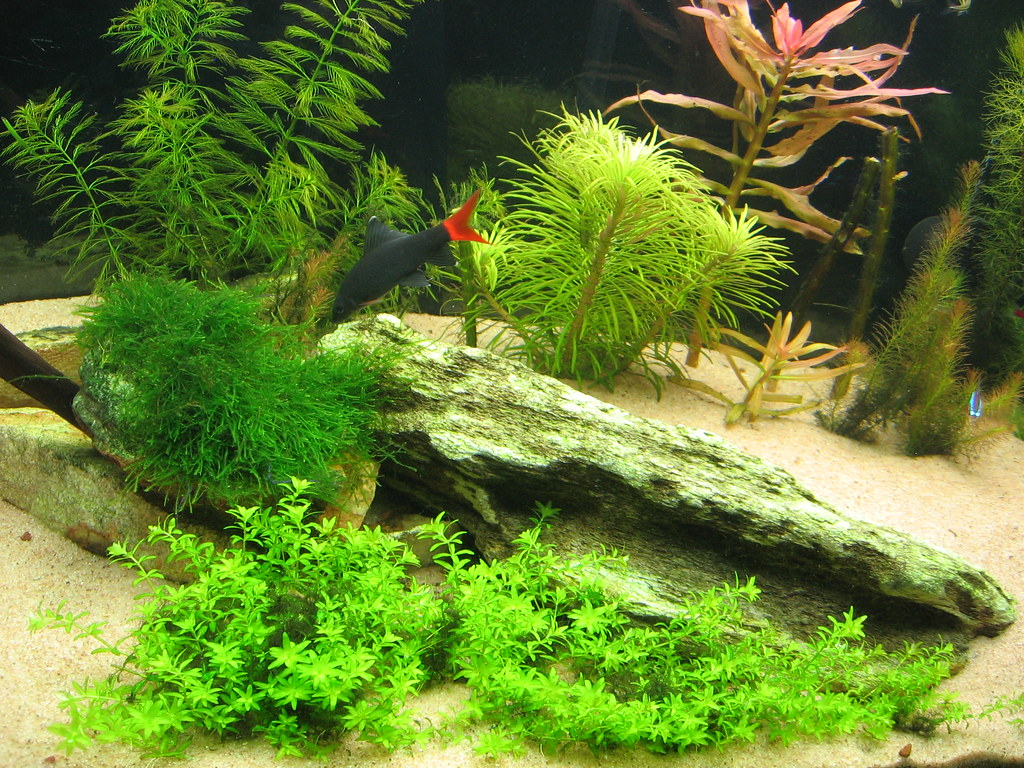
DIY Substrate Mixes: Tailoring to Your Tank's Needs
Creating DIY substrate mixes allows aquarists to customise their planted tank environments to meet specific plant and water chemistry requirements. By combining various aquarium substrates, such as aqua soil, clay-basedmaterials, crushed coral, and even unconventional options like kitty litter, hobbyists can engineer a nutrient-richfoundation tailored to their aquarium plants' needs. This bespoke approach enables precise control over water parameters and nutrient availability, ensuring optimal conditions for plant growth and health.
When designing a DIY substrate mix, consideration of the planted aquarium's inhabitants is crucial. Root tabs can be added to target nutrient-rich zones for heavy root feeders, while white sand or aquarium gravel may serve as a decorative top layer that reflects light and adds aesthetic appeal. Experimenting with different substrate combinations can lead to discovering the best substrate blend that supports vibrant plant life while maintaining stable water chemistry for both fish and plants.
Substrate Additives and Root Tabs
Substrate additives and root tabs play a vital role in enriching aquarium substrates for planted tank setups, especially when using inert substrates like sand or gravel. These products introduce essential nutrients directly into the substrate, providing a concentrated source of nourishment for plant roots. Root tabs are particularly effective for planted aquariums where aquatic plants rely on their root systems to absorb minerals and nutrients necessary for growth and development.
In addition to root tabs, other substrate additives like clay-based pellets or crushed coral can adjust water hardness and pH, catering to the specific needs of both plants and fish within the aquarium. Utilizing these additives allows aquarists to enhance the nutrient-rich qualities of their substrate, supporting a lush, thriving planted tank. Regularly assessing nutrient levels and water parameters ensures that plants receive the right balance of nutrients without compromising the aquarium's overall health and stability.
The Role of Substrate in Aquascaping
The choice of substrate significantly influences the art and science of aquascaping in a planted tank. Beyond its nutritional and environmental roles, substrate serves as a canvas upon which the underwater landscape is painted. The texture, color, and depth of the substrate can dramatically affect the visual impact of an aquascape, with options ranging from fine white sand to dark aqua soil creating different moods and contrasts. Effective aquascapingleverages substrate not just for its practical benefits to aquarium plants but also for its ability to sculpt the aesthetic and emotional tone of the aquarium.
Furthermore, substrate choice can dictate the layout and design possibilities within the tank. Aquarium gravel and sand offer a more neutral backdrop for plants and fish, while specialized aquascaping substrates can enhance the vibrancy of plant colors and encourage more natural growth patterns. Active substrates and inert substrates each have their place in aquascaping, depending on the desired outcome and the specific needs of the planted aquarium. Mastery of substrate utilization allows aquarists to create immersive, dynamic environments that captivate and soothe observers.
Conclusion
Selecting the right substrate for a planted tank is a critical decision that affects every aspect of an aquarium's health, appearance, and maintenance. From nutrient-rich aqua soils designed to boost plant growth to inert substrates that offer aesthetic versatility, the range of choices allows aquarists to tailor their substrate to the specific needs of their aquatic plants and fish. Understanding the interaction between substrate, water chemistry, and plant requirements is essential for creating a thriving planted aquarium.
As this guide has explored, whether through the use of active substrates, DIY mixes, or the strategic application of substrate additives and root tabs, there are numerous ways to optimise the foundation of your planted tank. Experimentation and adaptation over time will reveal the best substrate choices for your unique aquascaping vision and goals, leading to a lush, healthy aquarium that provides joy and tranquility. Embrace the journey of discovery in substrate selection and usage as a key element of successful planted tank aquascaping.
Meet our bestseller! The Pro-Elite Series Complete Aquarium CO2 System with New Inline CO2 Diffuser!
